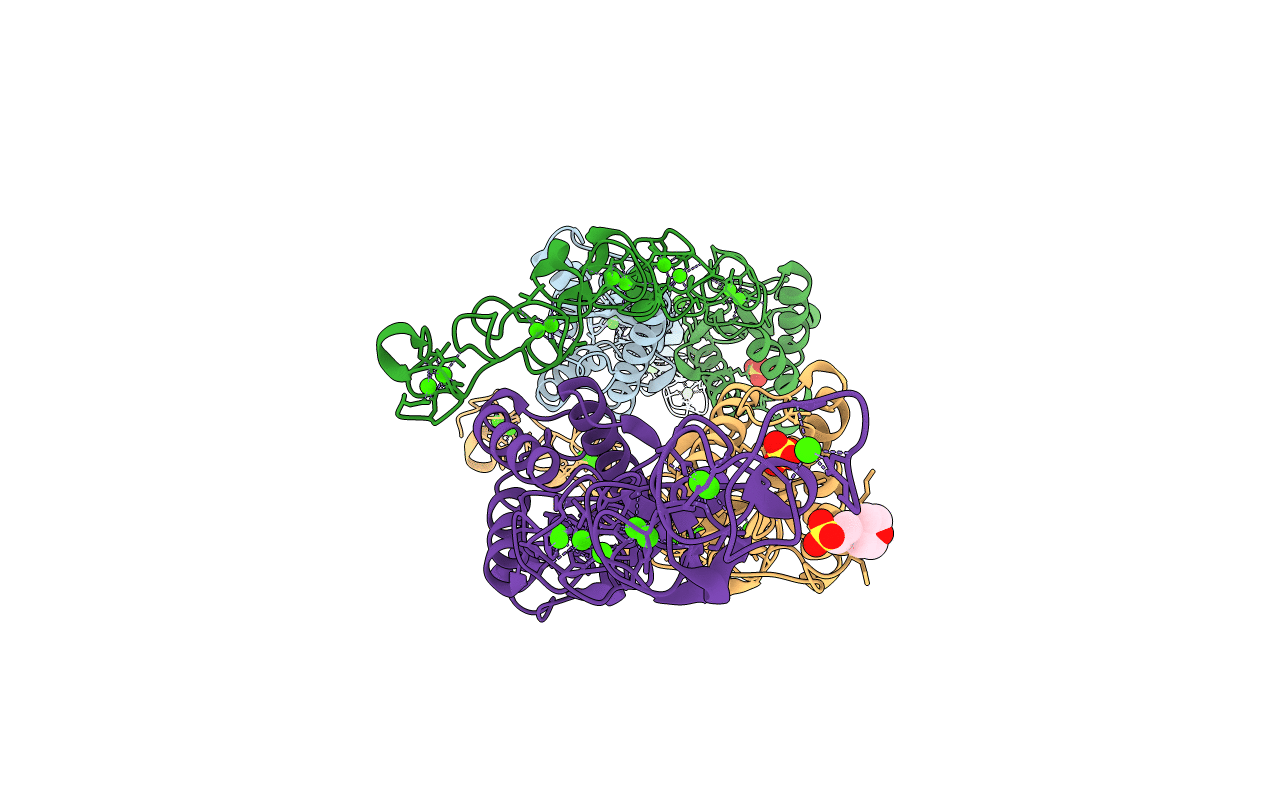
Deposition Date
2016-12-13
Release Date
2017-12-13
Last Version Date
2024-11-13
Entry Detail
PDB ID:
5WTL
Keywords:
Title:
Crystal structure of the periplasmic portion of outer membrane protein A (OmpA) from Capnocytophaga gingivalis
Biological Source:
Source Organism:
Capnocytophaga gingivalis (Taxon ID: 553178)
Host Organism:
Method Details:
Experimental Method:
Resolution:
2.30 Å
R-Value Free:
0.25
R-Value Work:
0.20
R-Value Observed:
0.20
Space Group:
P 21 21 21


